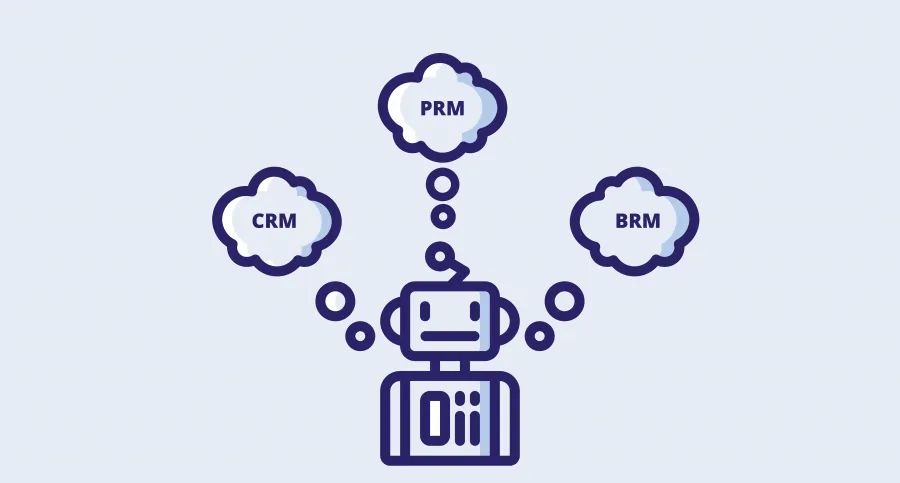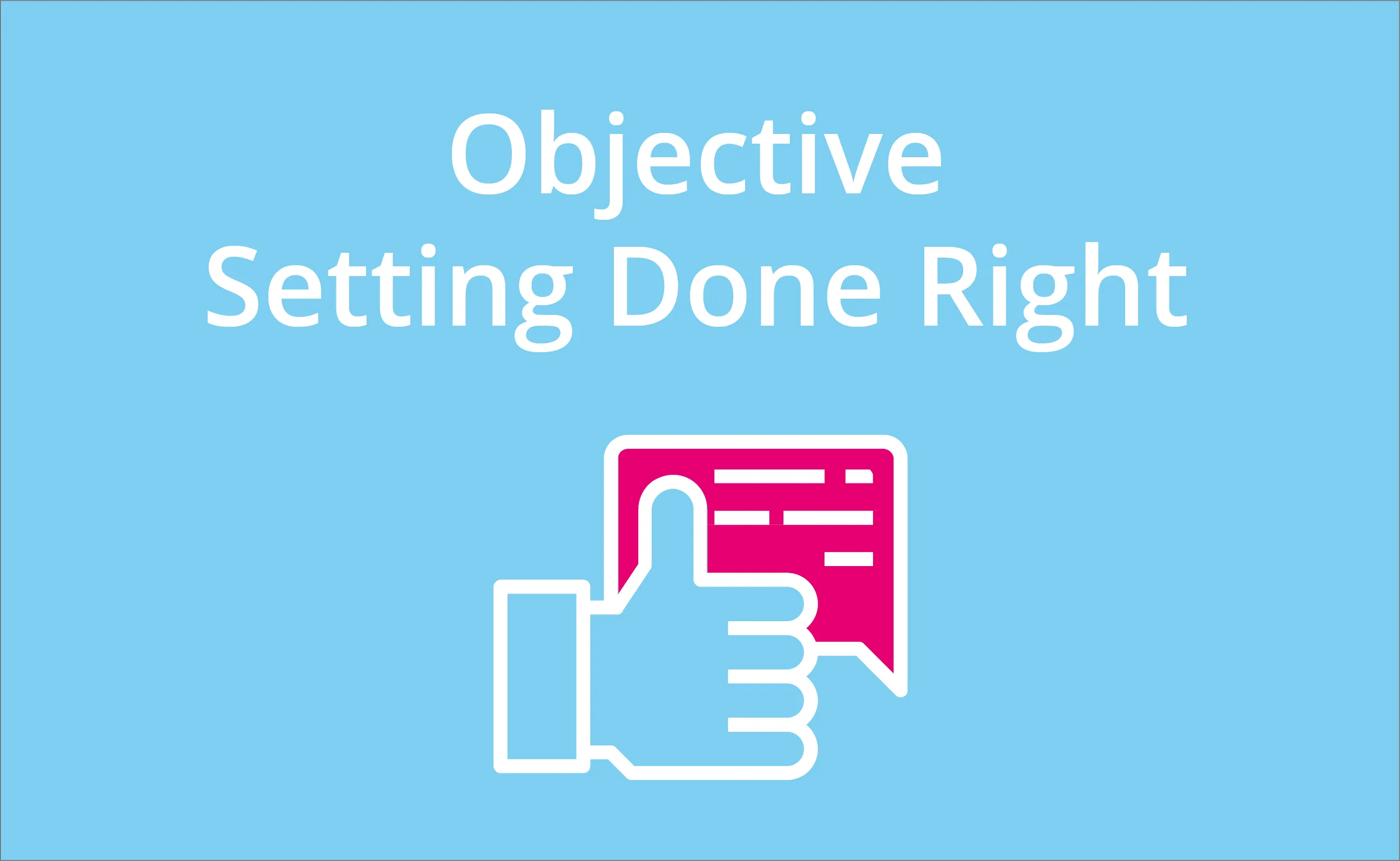
There are three possible solutions that you could acquire for your business. These are CRM (Customer Relationship Management), BRM (Business Relationship Management) tool, and PRM (Partner Relationship Management)
What’s the difference between these three—and which one do you need? In this blog post, we’ll discuss everything you need to know about these solutions.
CRM (Customer Relationship Management Tool)
How important are new or end customers to you?
If you want to know how customers are getting in, how you can get new customers, and monitor the different stages of a sales plan and increase sales, then you probably need a CRM.
CRMs are business software that have been around for the past 10 years. In fact, there are more than 2,000 CRM solutions in the market.
They help improve customer relationships in order to increase Customer Lifetime Value (CLV). They also keep track of customer interactions, store contact details, monitor consumer behavior, and manage different accounts.
Without a CRM, all the details of your end customers, like the number of times they opened an email, which emails they opened, your phone conversations and so on will get lost or forgotten. You can’t distinguish interested leads, from those who won’t buy anything. This means you’ll often upsell to the wrong people. More importantly, if you rely on a specific employee to keep track of the data or spreadsheets, then the information is gone once they leave.
CRM tools are the solution to these problems.
It keeps end customer data and converts them into actionable insights or reports that you can use to evaluate the different phases of your sales strategy—from the need to deal. A CRM tool keeps the contact details up to date, tracks information, and shares it with everyone on your sales management team. It allows you to distinguish customers, divide them into segments, and identify cross-selling and up-selling opportunities. This way, you can effectively grow your business and improve your sales plan.
You can even use these tools to track phone calls, sales plans, meetings, presentations, follow-ups, and business plans of your team.
What are the Key Features of CRM tools? Check out our list:
- Contact management.
- Analytics, reporting, and dashboards
- Lead management
- Deals and Tasks
- Campaign management
- Email tracking
- Instant messaging between employees
- File and content sharing
- Mobile version
BRM (Business Relationship Management Tool)
How important are your intermediaries and incentive programs? How important are the relationships you’re establishing with resellers and brokers? In the case, that these are important to you, then you probably need a business relationship management - BRM tool.
A BRM is a business software and relationship manager that consists of three building blocks. These are strategic analysis, business plans, and follow-ups or collaboration.
1. Strategic Analysis
Strategic analysis works hand-in-hand with strategic segmentation.
It uses data from your intermediaries to determine what they need, what you need to do, and the resources (time, people, budget) you need to make a sale.
In short, a BRM is a business software that allows you to segment your intermediaries, sales partners, resellers or brokers based on specific criteria. This way, you’ll be able to conduct sales management more effectively.
The problem with most companies who conduct segmentation or strategic analysis is that their information gets stuck in a drawer, PPT, or Excel sheet.
The most difficult part is using this data to create a sales plan.
2. Create a business and sales plan
Once you’ve segmented your customers or partners, create a business and sales plan based on the segments you’ve identified.
To do this, you need to identify the needs of each segment first. What are the challenges or needs of your intermediaries, resellers, and brokers? Which channel programs do they use? What are the incentive programs that boost the sales of your business?
You need to distinguish their needs to create a sales strategy that can increase your sales and grow your business.
3. Follow-up and Collaboration
The last thing you need to do is to plan, implement, and collaborate.
This involves making an inventory of your intermediaries’ sales strategy and monitoring its performance.
You’ll also need a BRM tool that can be used by your relationship managers to foster collaboration and conduct evaluations on feedback and performance.
PRM (Partner Relationship Management)
How important is your marketing material to you and to your intermediaries, resellers or brokers? Are these marketing materials sent to your channels or to your agents almost on a daily basis? If they are, then you probably need a PRM tool.
PRM is a partner software used by companies who work with partners to sell their products and need one platform for deal registration and sharing of marketing content and strategy.
CRM, BRM, or PRM?
Let’s recap.
To identify the type of software you’ll need, ask yourself these three questions:
- Are new customers important to your business? Get a CRM tool!
- Is an indirect sales channel important to you? Get a BRM tool!
- Do you constantly need to send marketing materials to your intermediaries, brokers, or agents and register deals? Get a partner software or PRM tool!
- Will you use a CRM, BRM, or PRM? Got any questions? Let us know in the comments below.
We'd love to help you to find the ideal tool for you and your company.




